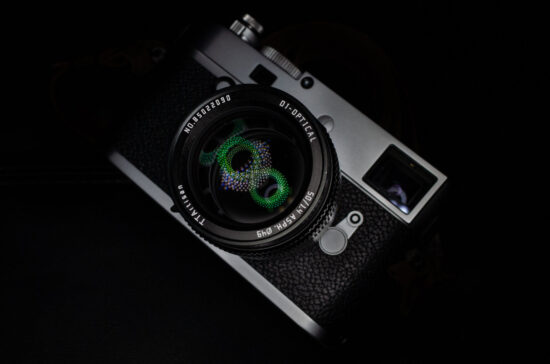
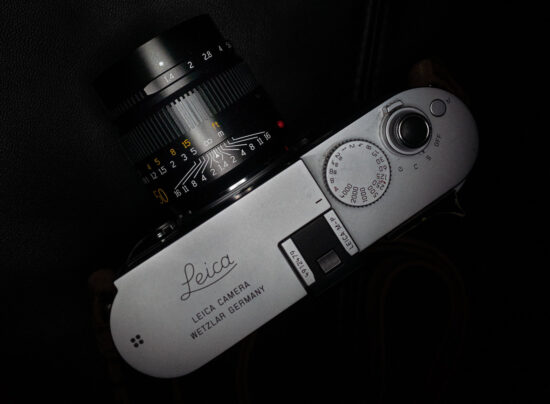
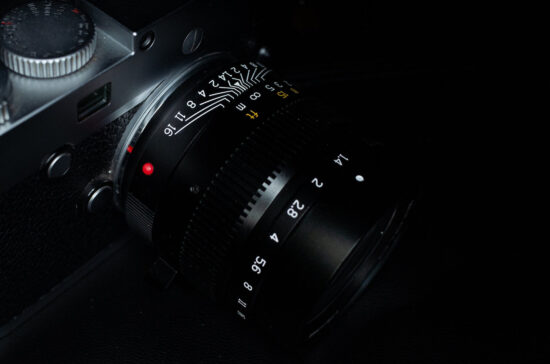
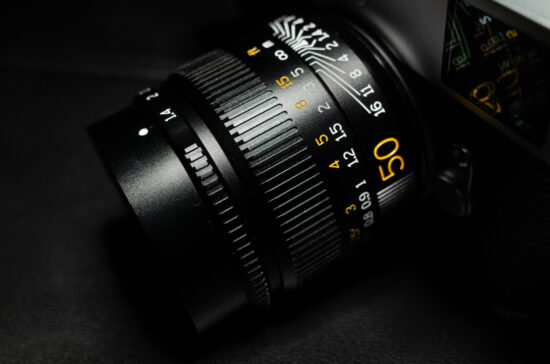
TTArtisan 50mm f/1.4 lens review by Flavio Bosi (Instagram) - all TTArtisan lenses can be purchased at the Photo Rumors Online Store with free international shipping:
TTArtisan is a very young company. They released their first M mount lens in 2019, the TTArtisan 35mm 1.4, which I will review here very shortly. Since then they kept releasing interesting options for us Leica shooters not necessarily wanting to spend big money on every focal length. A lot of noise was raised when they announced the TTArtisan 50mm 0.95, which seemed to deliver a lot for very little money. I was not fully convinced though, as you can see in my review.
Now they have released the rumoured TTArtisan 50mm 1.4, and it never fails to pique my interest when a new fast prime lens is released for my Leica. Especially a 50mm prime lens. I preordered it immediately, and was astounded at the price: you can find it now on eBay for £288, already shipping from China. You only have to pay the import duties. But that is cheap no matter what, especially if the lens is any good.
How is it built?
The build quality is really good. For the price? Incredible. Have a look at the lens preview here for a bit more detail, but no issues on build and finish. At all. It’s long and heavy for Leica M mount standards given its specification, weighing 399g and measuring 59mm in length. The Leica Summilux 50mm 1.4 ASPH is 53.5mm long, and it’s not small either. Nor is it light, but at 335g it still weighs 64g less than its Chinese competitor.
The TTArtisan 50mm 1.4 has an aspherical design with 10 elements in 8 groups including an aspherical lens, an abnormal dispersion lens and 8 high refractive index lenses. It looks fairly complex as a design for a rangefinder lens: usually, fast 50mm lenses range from 6 to 8 elements. Does this complexity give a better image quality than its price might suggest? It certainly makes it hefty! The diaphragm has 12 curved blades. The markings on the lens are machined with great precision and filled with paint. Nothing about this lens has a cheap feel. I really like it.
Are the size and weight going to be a problem? Your mileage may vary: I had no issues lugging it for full days mounted on the camera. I often go shooting with just the camera, lens and spare battery/cards and feel no issues with the weight. Still, I do prefer lighter and smaller lenses.
Minimum focusing distance
The focusing can be done both with tab and with the knurled ring, and I find myself using both: fast movements with the tab, precision with the ring. It’s smooth and perfectly dampened, hardly any scratchy feeling while focusing: it’s getting smoother with use. The aperture ring feels great, better and more positive detents than the 50mm 0.95. Again, no complaints at all here. The only issue is that there is no hood supplied (I can accept that for the price) but none designed for it either, so you just have to go to eBay for a generic one: with £4 you’re set. Filter size is 49mm, just like its 35mm 1.4 sibling.
The TTArtisan lenses, just like the 7Artisans ones before them, all come with a focus calibration flange in the back. Both brands use DJ-Optical to produce their lenses, and the commonalities are evident. What this means is that the quality control in production won’t fine-tune each lens for rangefinder calibration, but will leave it to the final buyer to do so with their own camera. There are drawbacks and advantages to this: if you have a film camera it will be quite a bugger! But with a digital camera it can be very easy, like in the case of the TTArtisan 50mm 1.4, or really hard, as it was with the TTArtisan 50mm 0.95. This lens was a doddle. You do it once then forget about it.
I found this lens incredibly easy to focus precisely at 1.4. And when it is spot on it really delivers.
How is the image quality?
Awesome. But it flares. You can stop reading now and go to the conclusions. If you want a bit more detail read on.
The TTArtisan 50mm 1.4 really delivers when shooting with it. I have hardly found something to complain about. But let’s start from the beginning: from the MTF curves above we already know that the corners won’t win any prizes, but astigmatism seems contained and the field not too wavy.
The sharpness wide open is really high, and the background is buttery smooth. The resolution improves a little stopping down, but I just see more and more depth of field (DOF). I don’t hesitate to use this lens wide open.
There is a hint of LaCA but almost undetectable, you really have to look hard for it. Which means that for images that are made for viewing, not pixel-peeping, there is virtually no LaCA.
Now, before you start asking what the hell is that flare in the wide-open shot I will tell you: the TTArtisan 50mm 1.4 flares, especially with the sun off-axis in the frame when wider open. And wide open it goes gaga!
The diaphragm mechanism rail structure seems to be made of shiny plastic. It will influence the image only when wide open because the light rays get reflected off the edges parallel to the axis of the lens. As soon as you stop down even a single click, like in the second image, the diaphragm will block those reflections: the kaleidoscopic effect will disappear.
Overall, apart from blobs or artefacts, we also have a veiling flare. But it really changes according to the angle of the light. In everyday use I have hardly found any issue with flare though, and I never use a lens hood unless it rains. Of course, if you are wanting to shoot in the sun at wider apertures this is not the first choice of lens.
Does it focus shift?
Hardly! It really puts on a good show in the focus shift department! I have noticed that the F5.6 and F8 series have a bit less contrast: it was a variable weather day and I think the sun came out when I shot those, so I assume that might be a hint of veiling flare from my window.
Looking at the centre crops the resolution is already high in the plane of focus: even the half-millimetre lines on the right side of the target are clearly defined. At F2 there is a small amount of focus shift, but the target is still in the DOF and the half-millimetre lines still defined. At F2.8 the plane of focus hasn’t moved back anymore, and after that, there is no point looking anymore: fantastic performance in my book!
Mid-frame: wide open there is a slight blurring due to spherical aberration on the writing which disappears at F2. From there it just gets perfectly defined. Nothing more to say I believe.
Corners: there is a definite drop in resolution in the wide-open shot, but it improves at F2 and at F2.8 the definition is there again with the half-millimetre lines clearly defined. At F8 there is even a hint of moire in the same lines! And looking at the corners, the field curvature seems almost absent: the target is always in the focus plane.
Lastly, longitudinal chromatic aberration (LoCA), or spherochromatism, is definitely visible in these shots. I haven’t seen it in my real-world use, but it is there. Many fast lenses have it, and this performance is about average I would say.
Again, I have to say that I am thoroughly impressed. This performance is spectacular for the price. Actually, scrap the price caveat: this lens is really, really good in the resolution and focus shift departments.
The bokeh! The bokeh!
Obviously, we can’t talk about a fast 50mm prime lens without mentioning the quality of the bokeh, and the TTArtisan 50mm 1.4 produces a pretty good bokeh in my opinion.
Close focus yields a sweet bokeh in my opinion. Nice and smooth. The further away the focus, the more nervous the bokeh becomes, but never too obnoxious levels. The highlights in the branches show spherochromatism in this case, with greener outlining and magenta centre, but you really have to magnify to 100% to see that.
I find that light spill peculiar. I haven’t seen it before personally (at least not as pronounced) and I’m not sure of its cause. That shiny plastic from the diaphragm rails again? But it shouldn’t be uniform like in the first crop on the left. If anybody has an explanation please chime in! It seems to affect the very bright highlights, much less the more subdued ones.
The point is: does it affect the final image? Not in the least in my opinion. Unless you are a bokeh fetishist and don’t care about the subject, just the background. I still find the overall bokeh beautiful.
As soon as you stop the aperture down from wide open a ninja-star bokeh shape appears. This is caused by the inwardly curved profile of the diaphragm blades. Although I don’t like it very much, I have a pretty eminent example of this behaviour in mind: the 12 times more expensive Leica Summilux 50mm 1.4 ASPH. It does exactly the same. I might justify it on such a cheap lens as the TTArtisan 50mm 1.4, I still can’t fathom it on the Leica lens. I accept compromises at this price, not at Leica prices.
Vignetting, distortion, coma, colour shift
Let’s start with vignetting: pretty heavy wide open, but gone for all practical purposes by F2.8. I haven’t found a fast 50mm prime lens that doesn’t vignette heavily wide open yet. I’m happy with the performance here.
There is no colour shift at all. I have shot this lens with no profile. This is really good news, I was worried after seeing the prominent colour shift with the TTArtisan 50mm 0.95.
Distortion is of the pincushion kind, but very easily corrected if intrusive. I noticed it only when shooting on purpose to test for it, but if you shoot a lot of architecture you might want to correct it.
Coma: wow! Personally, I would shoot astrophotography with this lens. There is some coma at the edges wide open, but I find it almost negligible. Blimey!
Last but not least: sunstars appear at F2 already, but they become really well defined at F5.6. They can be quite beautiful, with 12 points.
Let’s draw some conclusions
Cons
- Big and heavy for the specification
- Flares like fireworks wide open
- It can flare in general
- LoCA
- Ninja-star bokeh stopping down
- Slight pincushion distortion
Pros
- Incredible resolution
- Very well controlled LaCA
- Beautiful colour rendition
- Very low coma
- Beautiful bokeh wide open
- Focus shift irrelevant
- Vignetting disappears at F2.8
- Great ergonomics
- Really good build quality
- Really flat field curvature
In summary, I think the positives really outdo the negatives. The only real issue with this lens is the flare wide open, and flare in general, but only in certain conditions. Everything else is minor in comparison with the features this lens brings to the table: astonishing resolution wide open, practically no focus shift, minimal coma, beautiful bokeh wide open…in short, great image quality. Almost across the board.
And it costs less than £300. I am amazed. Please, guys, make that diaphragm rail matte and you just got a 100% thumbs up from me.
They knocked it out of the park with the TTArtisan 50mm 1.4. Period.
I will leave you with a few sample shots:
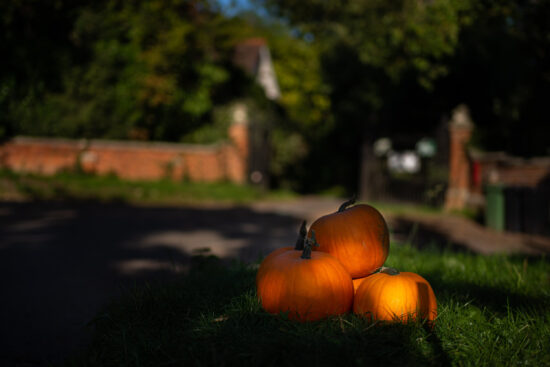

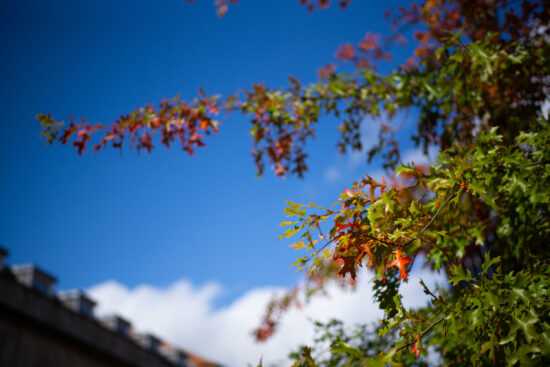
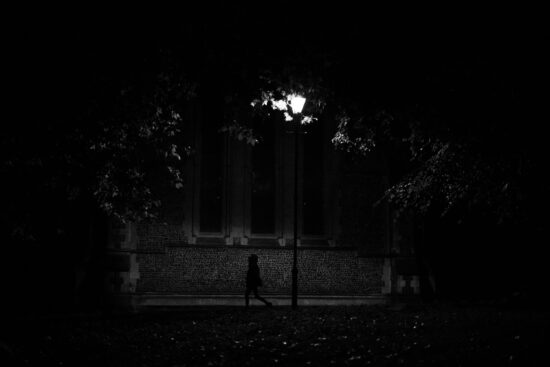

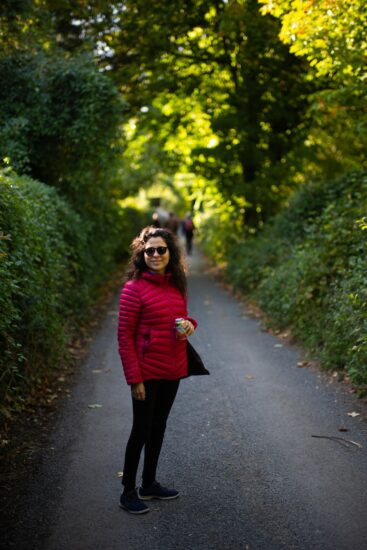
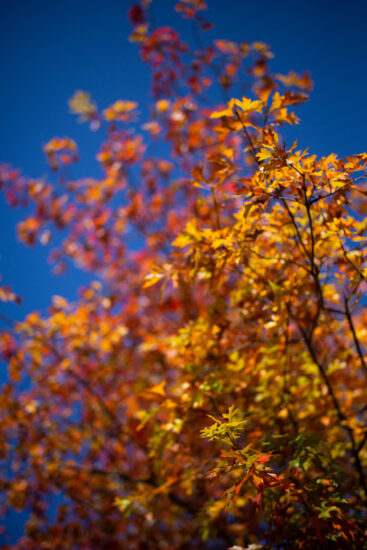
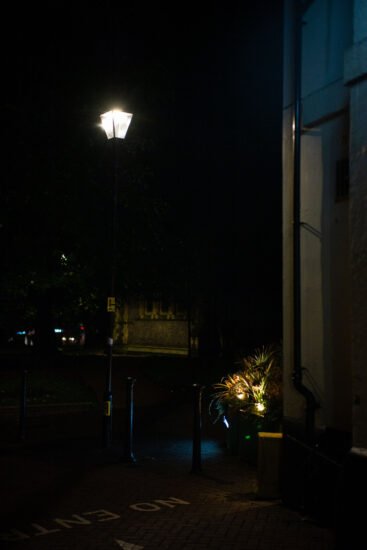
If you have an interesting idea for a guest post, you can contact me here. The original article with the full set of test photos can be found here. Additional coverage on the TTArtisan 50mm f/1.4 lens can be found here. All TTArtisan lenses can be purchased at the Photo Rumors Online Store with free international shipping.
TTArtisan 50mm f/1.4 ASPH lens for M-mount review by Darryl Carey








